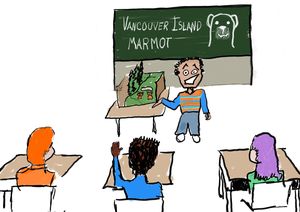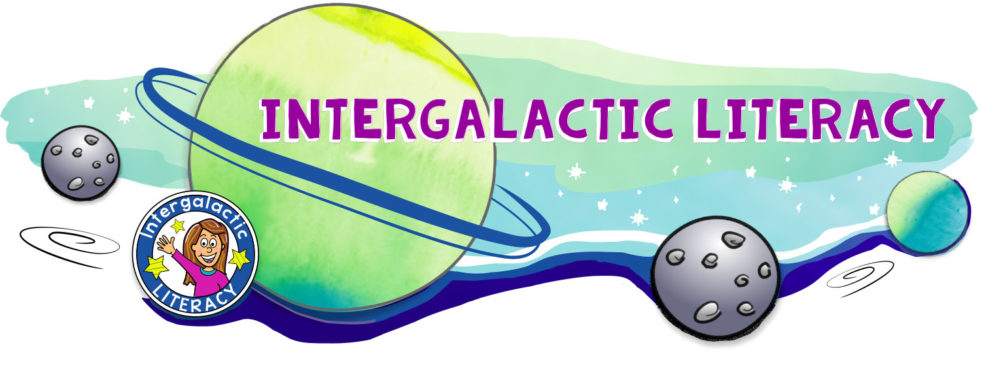
What are Core Competencies?
The curriculum for all K-12 students in British Columbia has been finalized and released. It is much different than the preceding curriculum’s dating back to the early 1900s. This curriculum outlines a different way to approach education standards, and empowers teachers and learners to take on teaching and learning in a much more personal and holistic way. A new key feature of the curriculum is the Core Competencies.
A competency is the combination of skills, knowledge, and experience. The curriculum defines Core Competencies for students to become successful life long learners, independent individuals, and considerate citizens. Many teachers, parents, and students are adapting to these competencies and might have some questions about how this will affect their class.
Let’s look at the 5 W’s, and see if we can get a better understanding of these Core Competencies.
Why are the Core Competencies Important?
The Core Competencies are important because they build best practices for becoming a successful life long learner.
There are three top level Core Competency areas: Communication, Thinking, and Personal and Social. Each competency area is divided by sub-competencies, and then each of these is broken down into finer detail.
The competency areas describe how a person becomes an effective learner. They also promote a way of learning that gets away from rote learning, and promotes a more holistic way of learning that has assessments built into the learning.
The Core Competencies prepare the learner for success in a different way. When a student demonstrates their learning using the Core Competencies, they demonstrate an understanding that is far more significant than a simple measurement of a test.
Where do we find/use the Core Competencies?
The Communication sub-competencies covers Communication and Collaboration. Being an effective communicator is more that presenting in front of the class, it is also about listening, about asking good questions, and being able to relate back ideas. Students also need to learn how to collaborate, taking everything that we use as a communicator, but also being able to apply it to group work.
The Thinking sub-competencies describe Critical Thinking and Creative Thinking. Often we hear how important it is for students to be good at critical thinking, but creative thinking is just as important. For example would we say Elon Musk is an example of a critical thinker, or a creative thinker. Clearly he has demonstrated to be competent in both critical and creative thinking. Say what you will about the CyberTruck.
The Personal and Social Competencies are about self, community, and culture. Students are individuals, different and special in their own ways. We need to move away from conformity and promote identity, as well as respecting community and culture.
While each competency area is important, none stand on their own. We use all of these competencies together, every day. The Core Competencies are there in everything we do.
When do we use the Core Competencies?
When we look at all of the competencies we can see how they all relate and intermingle. There shouldn’t be one class on critical thinking, and another for culture. We need these competencies to be adopted in all learning.
So when we are doing our personalized learning, learners can design their learning to span across several areas at a time.

For example, a learner designs a project to study the Vancouver Island marmot. Perhaps they choose to create a diorama of the habitat for the marmot, and give a presentation to the class on the endangered animal, and presenting facts to class, and having a question and answer session. This may be a lot for some students to take on, but for this learner the marmot is a passion point, and they are happy to stand in front of the class and handle questions.
Wow! What a project, and when we look at the competencies covered in a project like this they have demonstrated learning in many areas of the Core Competencies and curricular competencies (more on these later).
I think this will bring us to a new era of learning in the schools, and help foster a level of engagement in the classroom that we’ve wanted for a long time.
Who are they for?
Teachers will benefit from teaching students the Core Competencies and how to use them to personalize and design their learning. When a student takes on personalized learning the assessment becomes integrated in the learning. The teacher observes the learning as the student progresses through design, learning, practicing, demonstrating, and using self-assessment to measure their success.
The student adopts the competencies to learn how to learn. In turn they are able measure their own progress and pursue their own goals.
How do we begin?
The good news, is teachers have been using these strategies for a while. Going forward though, all the lights are green to adopt a fully personalized learning portfolio for all students. At Intergalactic Literacy, we have some ideas on how to get there, and we’re happy to share these ideas with you. But for now we want to hear from you.
